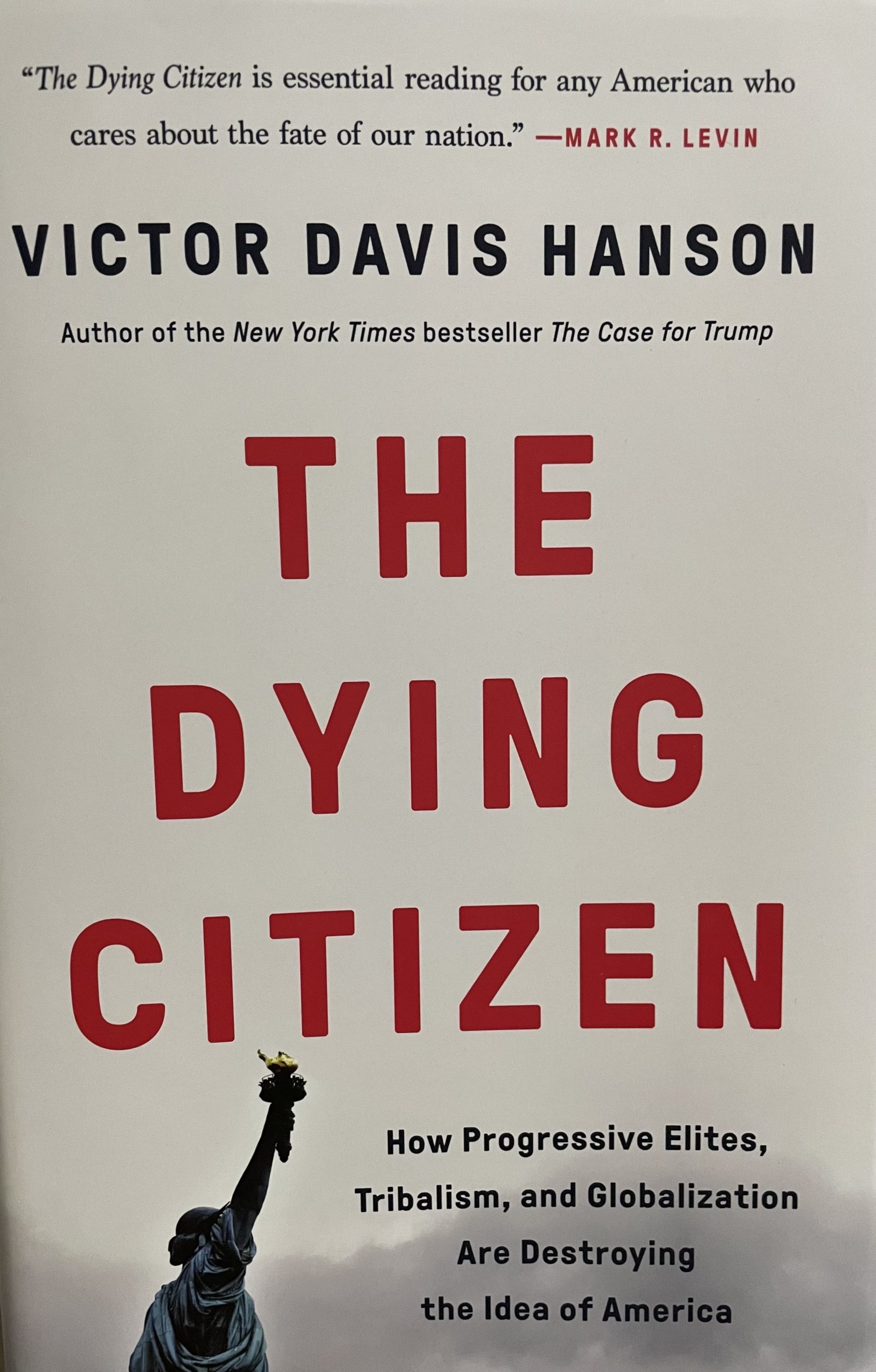Academia might not understand ISIS, but the service academies do. ISIS, or ISIL, has made significant territorial gains across the Middle East and inroads into the heart of Africa. A recent panel discussion on the rise of ISIS at the Heritage Foundation featured Dr. Sebastian Gorka, the Major General Matthew C. Horner Distinguished Chair of Military Theory at the Marine Corps University.

Gorka’s work involves support of U.S. Special Forces such as the Green Berets and the U.S. Army Special Operations Command. His assessment of ISIS’s rise is a bleak one, saying, “The current threat environment is a very very ugly one. Whether you’re a Christian girl…a Yazidi hounded on a mountaintop…this is your reality.” Gorka made note of the Garland, Texas terrorist attack on an event held by Pamela Geller that focused on satirical cartoons and claimed that the rise of ISIS and Islamist terrorism is a “threat” to the United States.
Simply put, “The baseline analysis is very simple…ISIS is much more dangerous than al-Qaeda.” In technical terms, Gorka noted, “ISIS is a graduate level threat. First, it is far more dangerous than al-Qaeda” because “it is its own, self-generated, fully fledged insurgency.” Al-Qaeda was somewhat dependent on other separatist, Islamist-fueled movements such as Somalia’s al-Shabab and the Taliban in Afghanistan.
“An insurgency,” said Gorka, “holds territory in daylight.” ISIS meets this requirement, but expands beyond this definition as it currently holds territory larger than the United Kingdom’s home island. Gorka called ISIS “the world’s first transnational insurgency” because “it operates and holds territory in at least three countries.” ISIS is the “one insurgency that controls more than one territory in the Middle East.”
He added, “In the 20th century, insurgencies were about one thing: taking hold of the country where the insurgency” is rooted. However, ISIS has “much grander ambitions; it wishes to create a global caliphate: Jordan, Saudi Arabia, and on and on and on.” Also, Boko Haram’s pledge to ISIS makes their African territory a part of ISIS’s global caliphate.
Secondly, ISIS is unique because it is a cash cow, so to speak. Gorka pointed out, “ISIS netted $823 million in cash” last year. Comparatively, al-Qaeda’s expenses and “whole operation, from safe houses… to flight school training, cost $500,000.” He said, “That is a very large threat.”
Thirdly, ISIS recruited “19,000 foreign fighters in 9 months. These are the kinds of figures that al-Qaeda had wet dreams about.” Al-Qaeda never had this kind of success, Gorka said, and ISIS’s rise shows “this is a real caliphate.” Yet this should not have come as a surprise because “the extremists have been demanding a caliphate” since the fall of Ottomans and “this puts [ISIS] at the pinnacle of the Islamist extremist threat.”
Fourth, ISIS has declared a global caliphate without rival. Too often, the West does not label Islamist threats correctly, suggested Gorka. “You wouldn’t call the Soviet Union ‘misguided democrats’,” he said. When one takes a look at what ISIS calls itself and its global caliphate, “Al Shaam,” you get a better idea of their intentions. Al Shaam “relates to the end times, to judgment day,” Gorka said, “The final holy war before the end of the world” is their end goal. He believed that this ideological concept of a final holy war “is the only way that 20,000 fighters in less of a year” went to join ISIS. “Their game plan,” he said, “is a little bit larger than Iraq and Syria…it is a global caliphate.”
But, the focus on air strikes and air superiority is flawed, Gorka noted. Gorka said, “Air power prepares for ground” and “therefore we will never defeat ISIS” without ground troops commitment. “Someone,” he said, “has to contest that soil.”
“Their playbook,” he continued, is on Google. Abu Bakr Naji, who was killed by U.S.-Pakistani military, wrote “Master of Savagery” and is “the anti-Petraeus manual” for terrorists. “This is exactly what they are using” as their strategy, posited Gorka. The playbook consists of three major phases, with varying length and duration:
- Phase 1: “Vexation,” or initial guerilla warfare to wear down the enemy
- Phase 2: “Spread Savagery,” or coordinate guerilla warfare to expand territory
- Phase 3: “Administer Savagery, Consolidate, Expand,” or stabilizing held areas while planting IEDs and creating a base of operations
The last phase “can last for a century” because it is “creating a giant echo booth, a giant forward operating base” for future propaganda and expansion efforts. “This is what I call the hybrid caliphate strategy,” Gorka concluded. ISIS did not outright reject strategy and “the Westphalian model,” but adjusted it to fit their ideology.
Gorka concluded three major points about ISIS and its rise to power:
First, “It understands irregular warfare. It read the right books…they read their Mao.” They saw the need to “outgovern the government” and their expansive Internet presence trumps the West. Gorka admitted, “We are having our lunch eaten every day by ISIS on social media.”
Secondly, “The caliphate will continue to grow unless it is challenged on the ground.” Gorka criticized Obama’s outlook on ISIS’s motivations based on economics and job-hunting, saying, “It’s like a bad SNL skit.” He concluded, “We need to talk truly about the ideology being utilized.”
Finally, the world’s anti-ISIS efforts “must be integrated into strategic response or will be condemned to whack-a-mole.”










